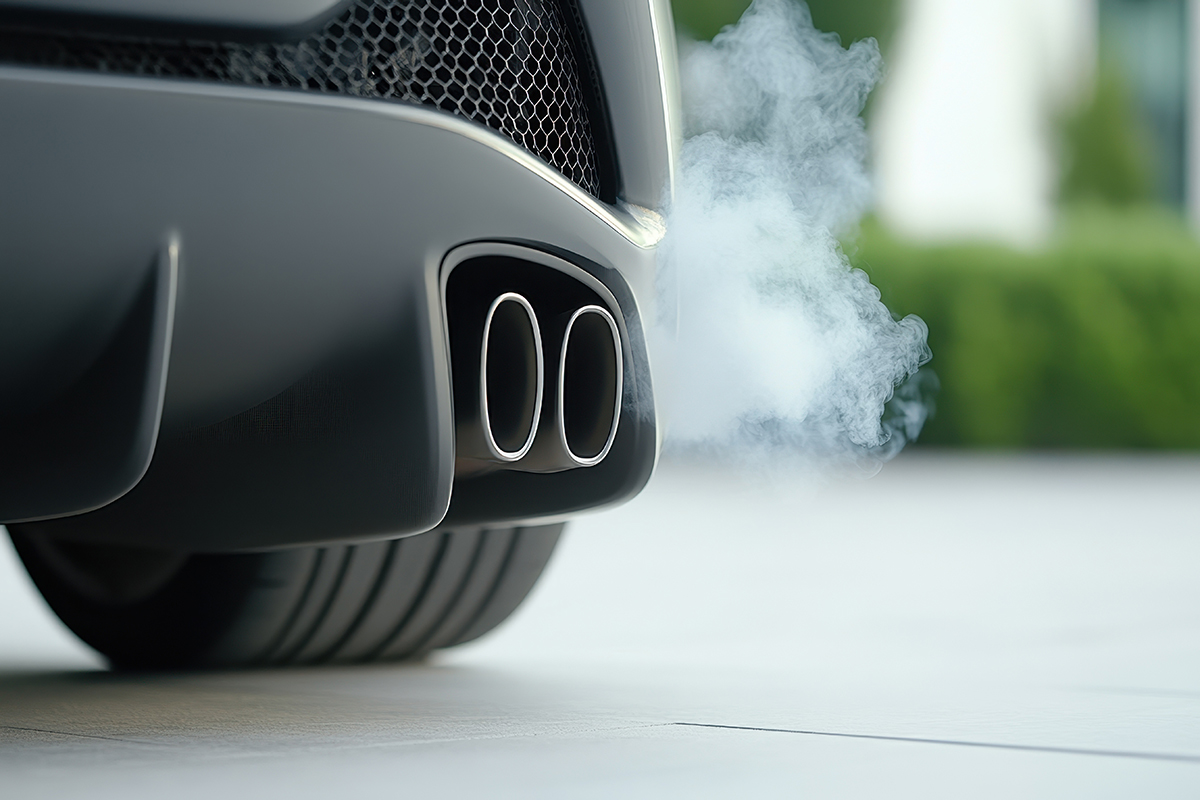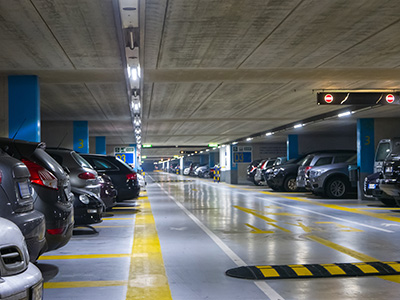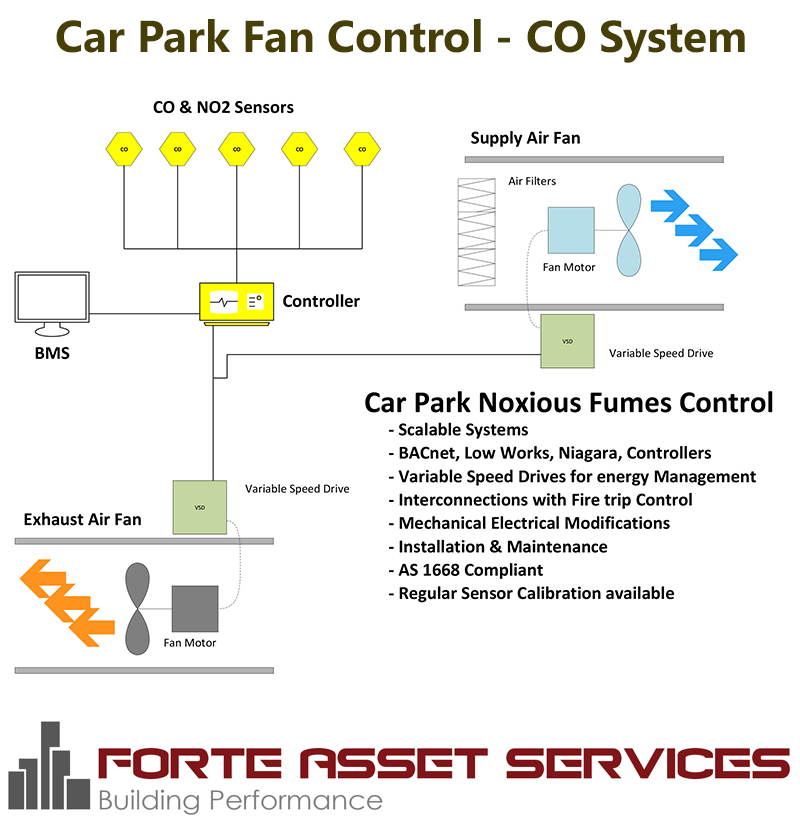
What is Co or Carbon Monoxide?
Carbon Monoxide is a poisonous gas which is created when burning gasoline, wood, propane, charcoal or other fuel. It is a colourless, odorless, tasteless gas. Which is why you need specialized detectors and an extraction system.

How Does the Carbon Monoxide Sensor System Work?
In a nutshell, the gas sensor detects the gas (via a device which actually delipidates over time, hence the regular calibration) and sends a signal (4 – 20 Milliamp or 0- 10 volts DC) to a car park fan system controller.
The Controller will then start fans and if a Variable speed drive is detected, the controller will increase the speed of the fans subject to the amount of gas sensed and the set point of the controller
Typically, the Controller with have a start set point of around 8 ppm (parts per million) to start the fans, the fans will run for a minimum of 4 minutes. At 24 ppm the system and / or the fans should be 100%.
The sensor must detect zero ppm for at least 4 minutes, and the system has run for a minimum of 7 minutes, before the fans are allowed to deactivate.
An Alarm for high Co Concertation will be Annunciated at 35 ppm after 1 minute

What is a Varible Speed Drive (VSD)?
The VSW is used primarily to conserve energy, it creates a “soft start scenario for the fans, reducing the current draw as compared to D.O.L (Direct on Line)
D.O.L will draw around three times the nominal run current at start-up.
The VSD means less current draw and less wear and tear on the mechanical component of the fan.
It also means the fan may not have to reach 100% before all the Carbon Monoxide is ventilated out of the car park and the sensor returns to Zero.
This provide an Energy saving also.
Which Standard Governs the Car Park Ventilation System
AS1668.2.-1991 section 4
Is it part of Essential Services?
Yes
As a company whom service Fire systems, Mechanical HVAC systems and electrical we offer this service, Co Sensor Calibration, as part of package or individually.
A Holistic Essential Service System
The Mechanical ventilation component (fans and duct etc) and the electrical Component (Controller, Switchboard and mains Power) and the fire system (the FIP will send a trip signal to the Mechanical Ventilation Switchboard when in Fire Mode) all link with the Car park ventilation system.
What is Involved in Performing a Six Monthly Test on the car park ventilation System?
- Test Carbon Monoxide Sensors for operation via “Cal Gas”
- Co Sensor Calibration with 100ppm “Cal Gas”
- Check Physical State of Fans
- Check Current Draw of Fans / VSD
- Check if a time clock is fitted and its functionality
- Label Sensor with Test Date Sticker
- Provide a service report
- Provide Log/record for the client
Notes:
- The System must be serviced twice per year – every six months
- No Point in the car park can be more than 25 meters away from a sensor
- The system must run to 100% if there is a sensor fault
- The air must be exchanged in full at least once every 24 hours (purge system or flush system)


